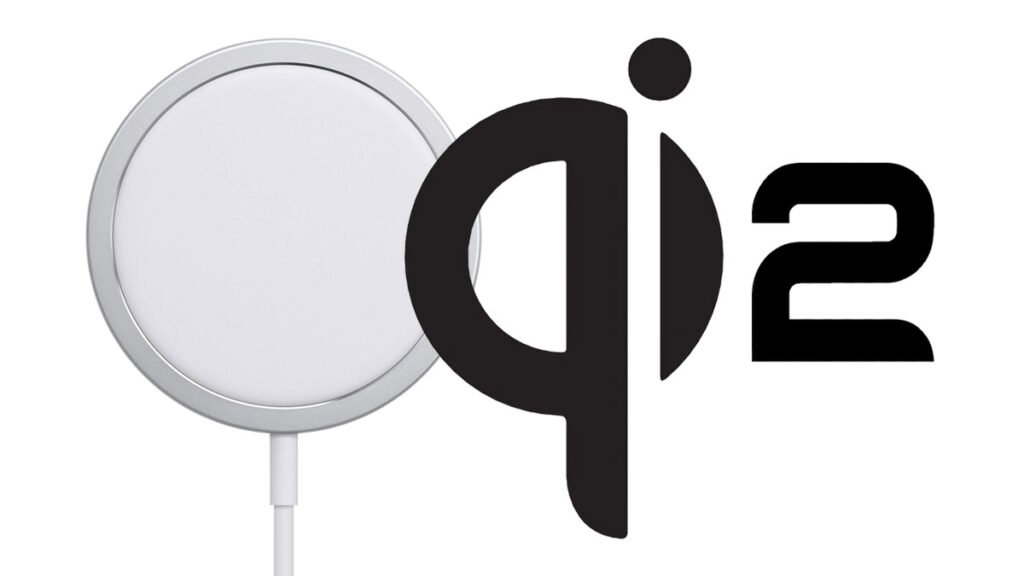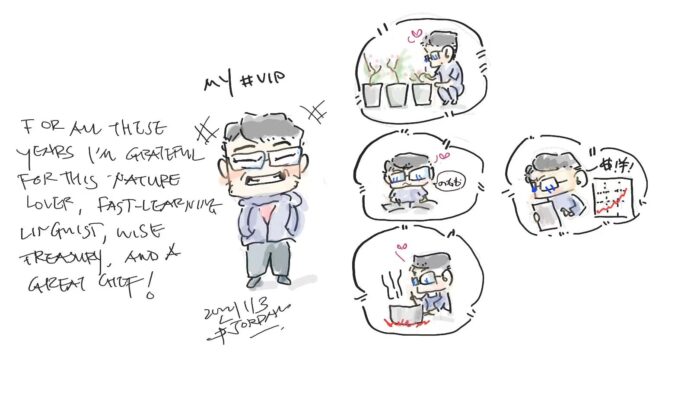
1-4 #MyVIP : NVIDIA and Foxconn have announced a strategic partnership; LG Display showcases new foldable display; The Indian government is set to sweeten the deal to kickstart the coveted manufacturing of MacBooks and iPad; etc.

India and Vietnam are to become the biggest beneficiaries of smartphone supply chain migration out of China, according to DIGITIMES Research analyst Luke Lin, who estimates that India will produce 45-50% of Apple’s iPhones by 2027, on a par with with China, where 80-85% of iPhones were produced in 2022. Lin said that although India’s assembly capacity accounted for 10-15% of iPhones’ overall production capacity at the end of 2022, the actual output in India so far has been less than 5%, because the trial production at Pegatron started only after Sept 2022, and Wistron’s production lines for Apple have not reached the maximum utilization rate. (Digitimes, press, CN Beta)
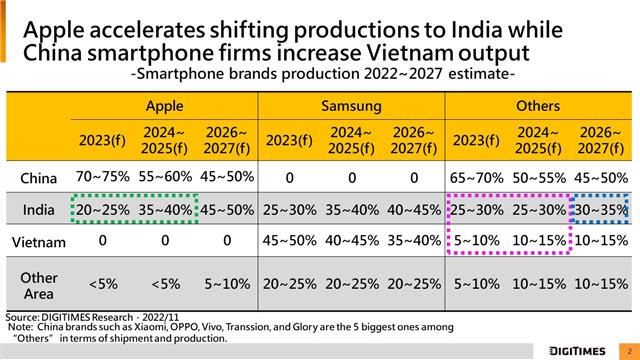
Li Jie, the President of OnePlus China has indicated that there is a “weird phenomenon” in the mobile phone industry – Pro version is the main seller on stage, yet the standard version is the main seller in the audience. Li Jie has said that OnePlus 11 is a real flagship full of sincerity.(PC Online, My Drivers)
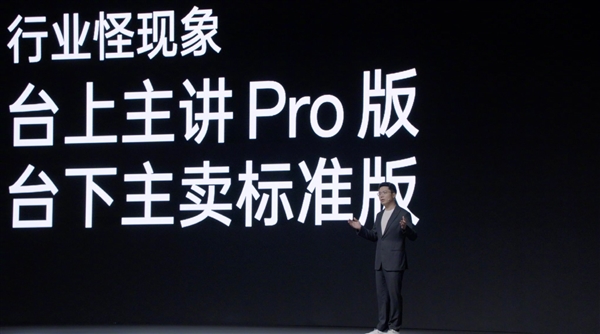

After the success of Apple’s iPhone production in India, the government is set to sweeten the deal to kickstart the coveted manufacturing of MacBooks and iPad, looking to broad-base the productionlinked incentive (PLI) scheme for IT hardware to nearly INR20,000 crore against the existing outlay of INR7,350 crore which failed to receive much response from the industry. The government wants Apple’s manufacturing eco-system to grow by leaps and bounds in the country at a time when the American electronics giant looks at a China-plus-one strategy when it comes to global procurement of products.(Digitimes, Laoyaoba, India Times, BGR, Gizmo China)
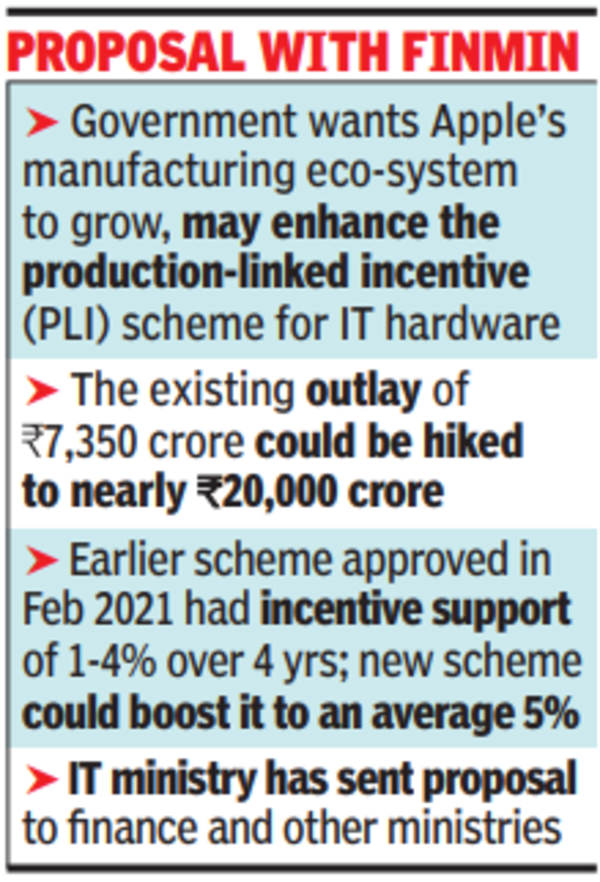
Microsoft could soon get a return on its USD1B investment in OpenAI, creator of the ChatGPT chatbot, which gives humanlike text answers to questions. Microsoft is preparing to launch a version of its Bing search engine that uses the artificial intelligence (AI) behind ChatGPT to answer some search queries rather than just showing a list of links. Microsoft hopes the new feature, which could launch before the end of Mar 2023, will help it outflank Google, its much bigger search rival.(Neowin, The Information, My Drivers)
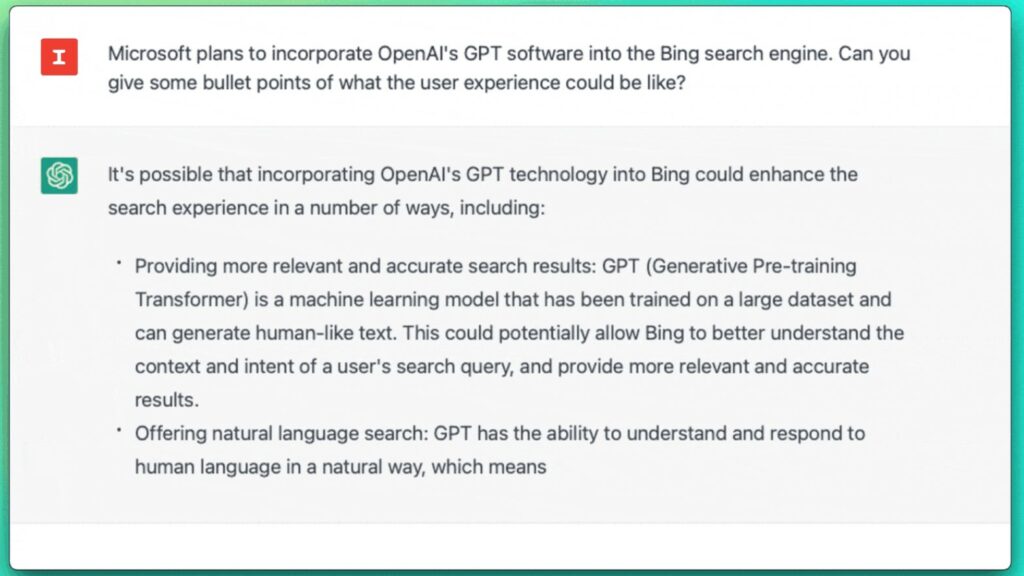

Apple’s long-rumored AR / VR headset will reportedly use motors to automatically adjust lenses for the user. Apple’s headset is believed to be reminiscent to ski goggles, with an external array of cameras to power both AR and VR apps. Small motors will be used to shift the lenses inside the headset, to provide the user with the best experience possible. A dial is also anticipated for the headset, which will allow users to switch between fully-immersive VR and a blended view to see their surroundings. Apple has already worked on adding support for AirPods Pro. It is claimed Apple has included tech in the newest AirPods Pro release so that they will work better with the rumored headset. Apple is allegedly using an external battery pack attached to the headband and tethered via a cable to the headset itself. (Apple Insider, The Information)
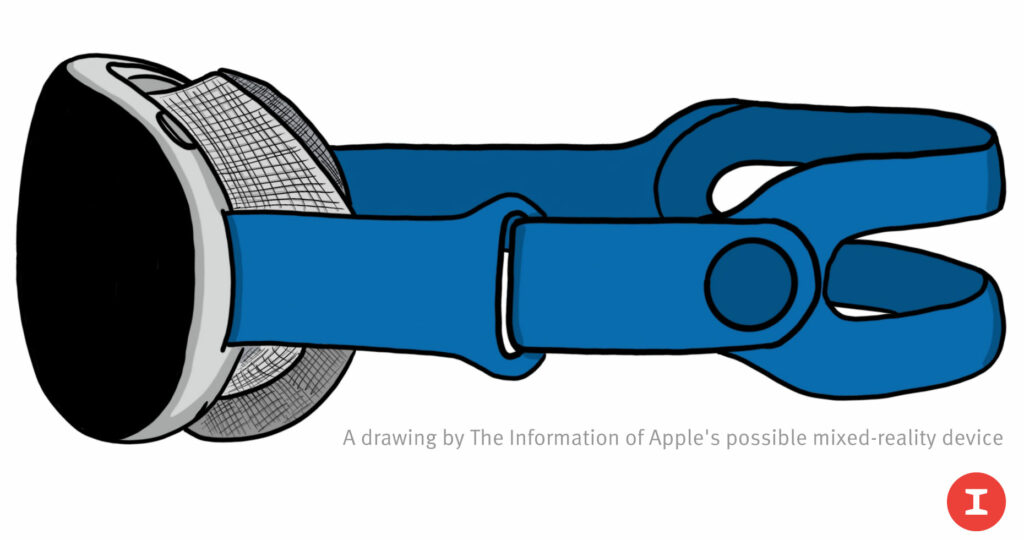
L’Oréal is announcing two makeup gadgets: Brow Magic, which uses AR to create and draw your perfect brow, and HAPTA, an accessible lipstick applicator prototype. Brow Magic was developed with Prinker, which makes a temporary tattoo printer. Brow Magic works similarly. It has 2,400 tiny nozzles that can print up to 1,200 dots per inch. To use the device, a user opens the Brow Magic app and scans their face. HAPTA is a smart lipstick applicator for people with limited hand and arm mobility. The device was developed with Verily Life Sciences, an Alphabet-owned company that makes electronic utensils with stabilization tech to help people with tremors eat more easily. L’Oréal says its aim with HAPTA is to apply that tech to makeup, which can be challenging to apply even if you have full mobility.(The Verge, PR Newswire)
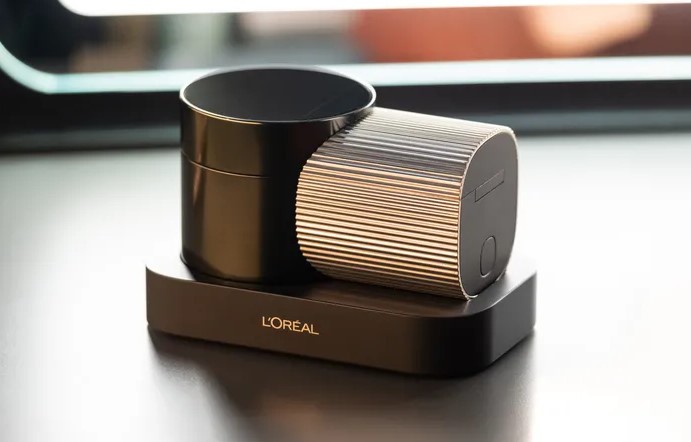
Graffity in collaboration with Qualcomm and Nreal has launched two augmented reality (AR) games using AR glasses, GrooveWave and SushiCraft. Groove Wave is an AR rhythm game that uses AR glasses Nreal Light, developed by Nreal. SushiCraft, an AR sushi making game, utilizes the Snapdragon Spaces Developer Platform, and Lenovo’s ThinkReality A3 glasses. Additionally, Graffity has joined the Snapdragon Spaces Pathfinder program to leverage Snapdragon Spaces technology and bring new ideas to life in AR.(VentureBeat, Suntravel-Sylvia)
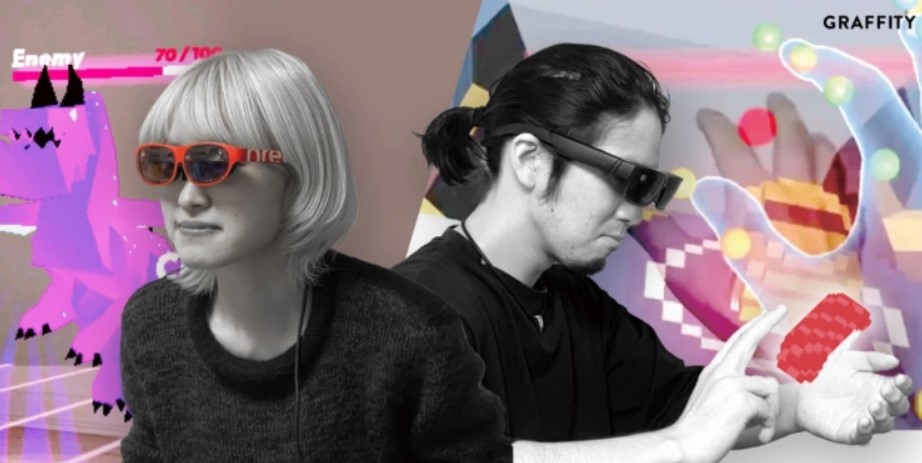

Baidu starts offering nighttime driverless taxis in China. The public can ride its robotaxis in Wuhan between 7 am and 11 pm without safety drivers behind the wheel. Previously, its unmanned vehicles could only operate from 9 am to 5 pm in the city. The updated scheme is expected to cover one million customers in certain areas of Wuhan, a city of more than 10 million people. Like most autonomous vehicle startups, Baidu combines a mix of third-party cameras, radar and lidar to help its cars see better in low-visibility conditions, in contrast to Tesla’s vision-based solution.(TechCrunch, CN Beta)
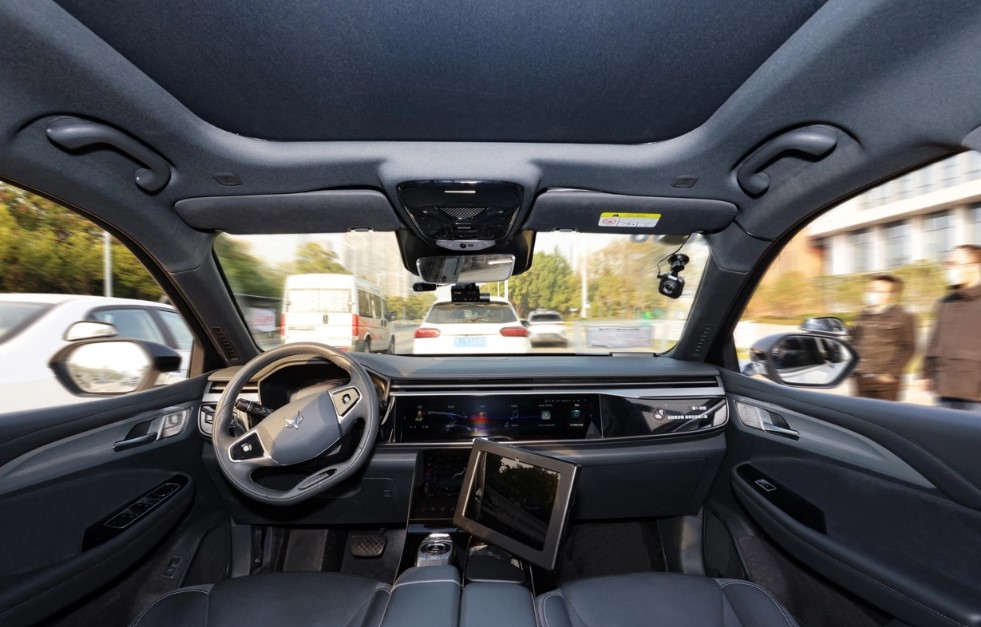
Baidu has announced that it has received the license to test autonomous vehicles with no driver or safety operator onboard in Beijing – the first in the capital city of China. Baidu will test a total of 10 fully driverless vehicles in Beijing within a certain area of 20sqkm and during certain operation time, “including evening hours”, according to the company. For the year 2023, Baidu plans to have 200 more fully driverless autonomous vehicles in service. According to Baidu, more than 600 autonomous vehicles have been deployed and tested in the designated demonstration zones in Beijing, where vehicles, roads, cloud, network, and maps are integrated. The demonstration zones were established in 2020 and 2021.(Digitimes, Laoyaoba, Sohu)
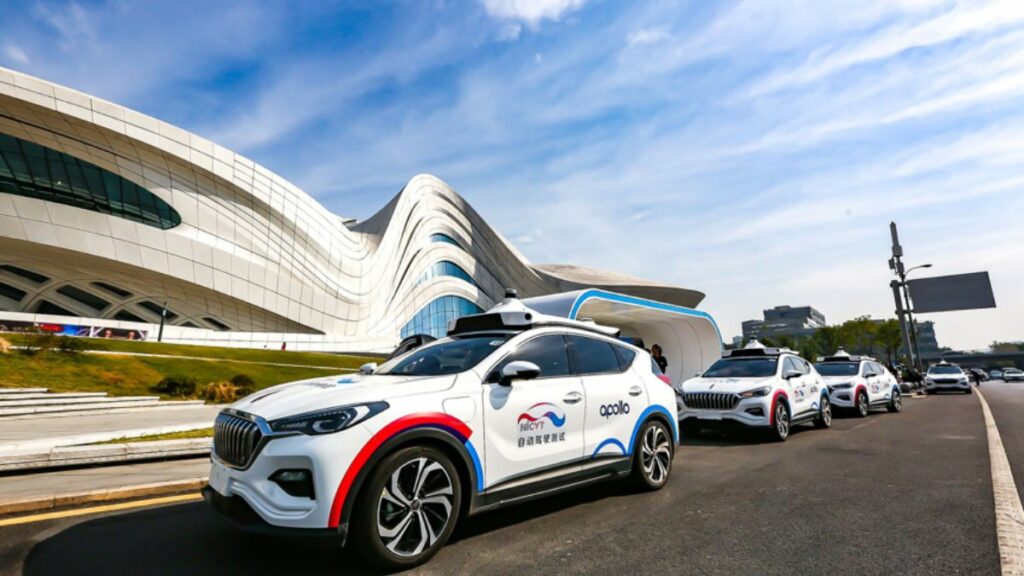
Tesla delivered fewer vehicles than analysts expected 4Q22, missing estimates despite taking the unusual step of offering hefty incentives in its two biggest markets. The company handed over 405,278 vehicles to customers in 4Q22, short of the 420,760 average. While the total was a quarterly record for Tesla, the company opened two new assembly plants in 2022 and still came up short of its goal to expand deliveries by 50%. Tesla increased deliveries by 40% to 1.31M in 2022, shy of the 50% average annual growth rate the company has said it expects to achieve over multiple years. Production expanded 47% to 1.37M. The company produced 439,701 vehicles in 4Q22, exceeding deliveries by 34,423 units.(Neowin, WSJ, Caixin Global, TechCrunch)
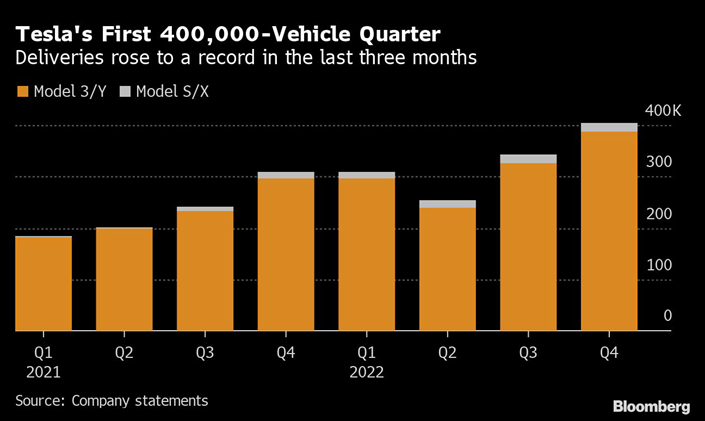
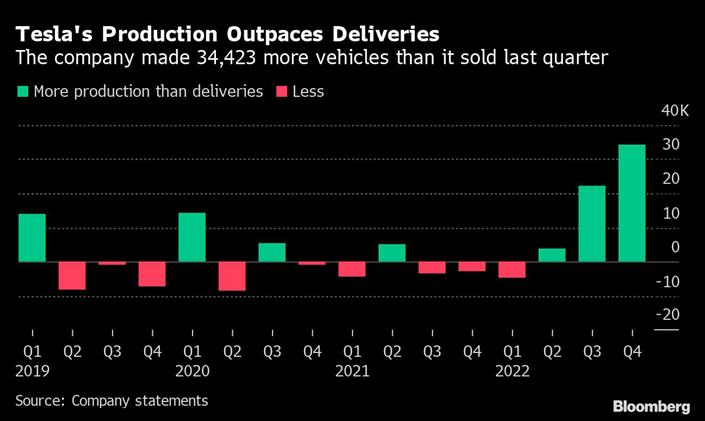

“Magnetically Adhesive Robot for Versatile and Expeditious Locomotion” (MARVEL) is designed by a team at the Korea Advanced Institute of Science and Technology (KAIST). Each of the MARVEL’s four feet incorporate both an electro-permanent magnet (EPM) and a magneto-rheological elastomer (MRE) sole. Unlike a conventional electromagnet, the EPM requires power only to switch between magnetic and non-magnetic states – in other words, it does not use any power to maintain its magnetic force. The MRE used in the soles is made up of urethane rubber mixed with iron particles, resulting in a material that is both elastic and ferromagnetic. The combination of the two technologies allows MARVEL to maintain its position on a metal wall or ceiling even when an external vertical force of up to 54.5kg (120 lb) or a horizontal force of up to 45.4kg (100 lb) is applied. MARVEL itself weighs about 8kg (18 lb). (CN Beta, New Atlas, Science Robotics)
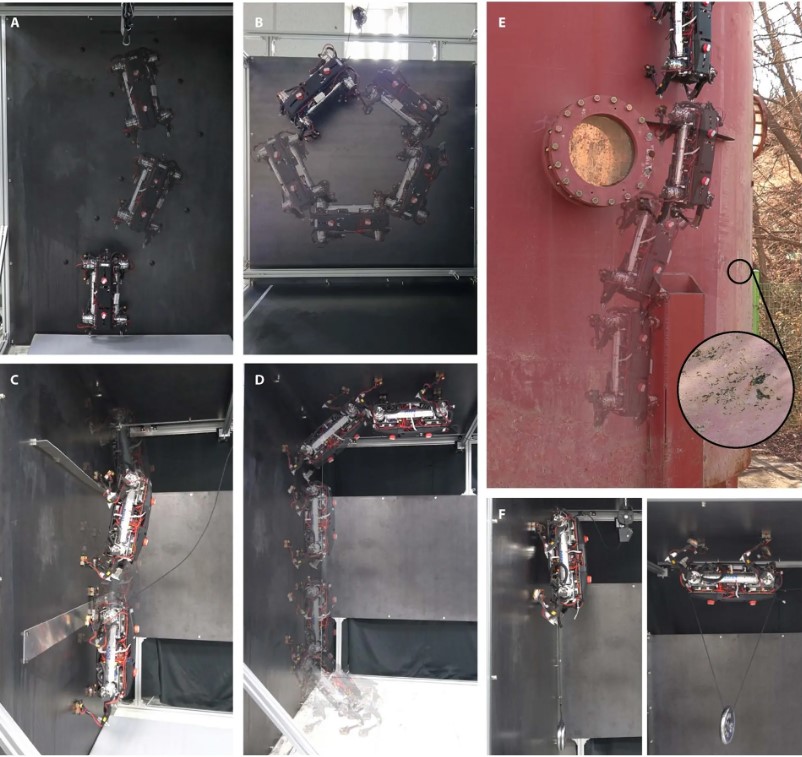
Yukai Engineering has unveiled a gentle rhythmical pulsation as the main therapeutic tool, namely Fufuly. When the user is hugging a Fufuly, its life-like behavior stimulates the user’s belly to induce slower and deeper breathing. For this project, Yukai Engineering has partnered with the University of Tokyo, which researched on the “phenomenon of rhythmical synchronization between individuals or between individuals and objects” as they interact with one another. The company’s CEO Shunsuke Aoki has claimed that using the cushion for just 5 minutes can reduce users’ stress levels and make them more alert. (CN Beta, Engadget, Yahoo)
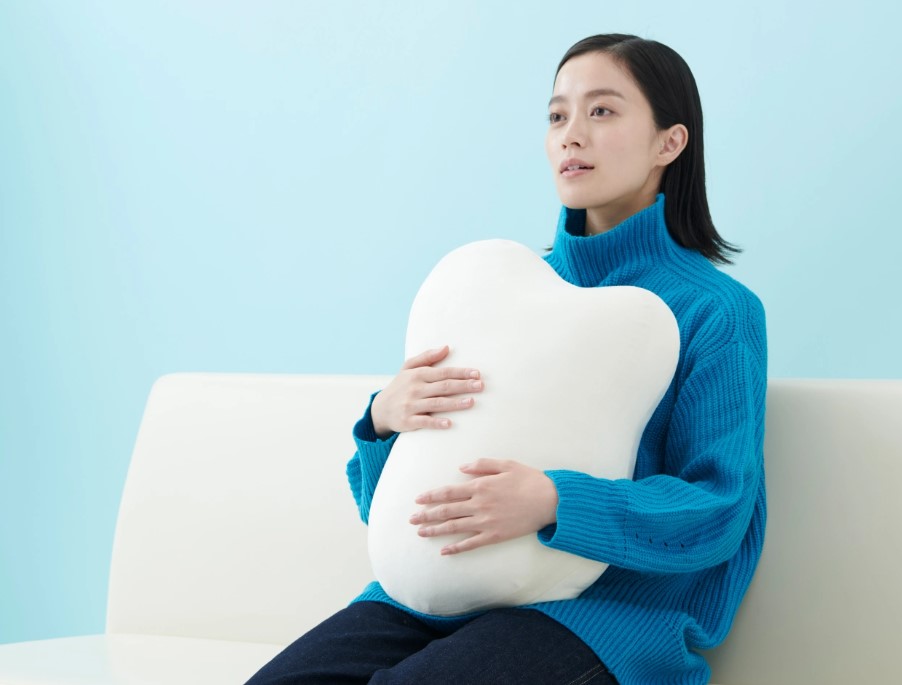
Yukai Engineering has introduced Lightony, a cute humanoid bedside lamp which literally nods off after a while. Supposedly, the robot’s life-like head tilt and eye roll movements will encourage user to fall asleep faster. Lightony also responds to voice commands (all processed locally instead of the cloud), so user can tell the robot to set a countdown when in bed, or say “good morning” to wake it up.(Engadget, Yahoo)
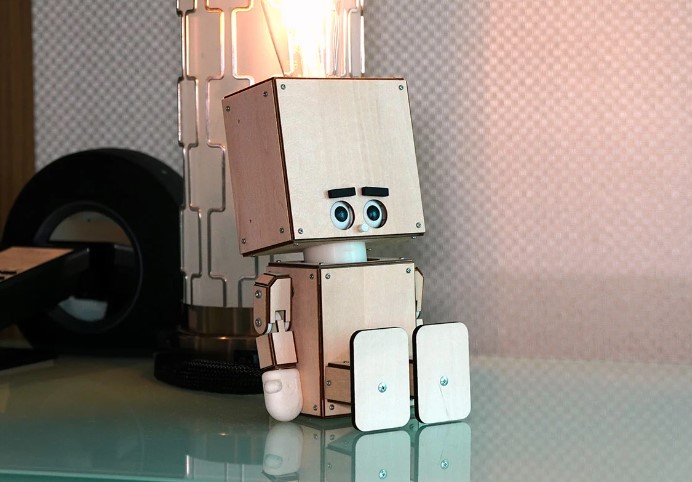

NVIDIA and Hon Hai Technology Group (Foxconn) have announced a strategic partnership to develop automated and autonomous vehicle platforms. As part of the agreement, Foxconn will be a tier-one manufacturer, producing electronic control units (ECUs) based on NVIDIA DRIVE Orin for the global automotive market. Foxconn manufactured electric vehicles (EVs) will feature DRIVE Orin ECUs and DRIVE Hyperion sensors for highly automated driving capabilities.(CN Beta, Reuters, Mint, Globenewswire)
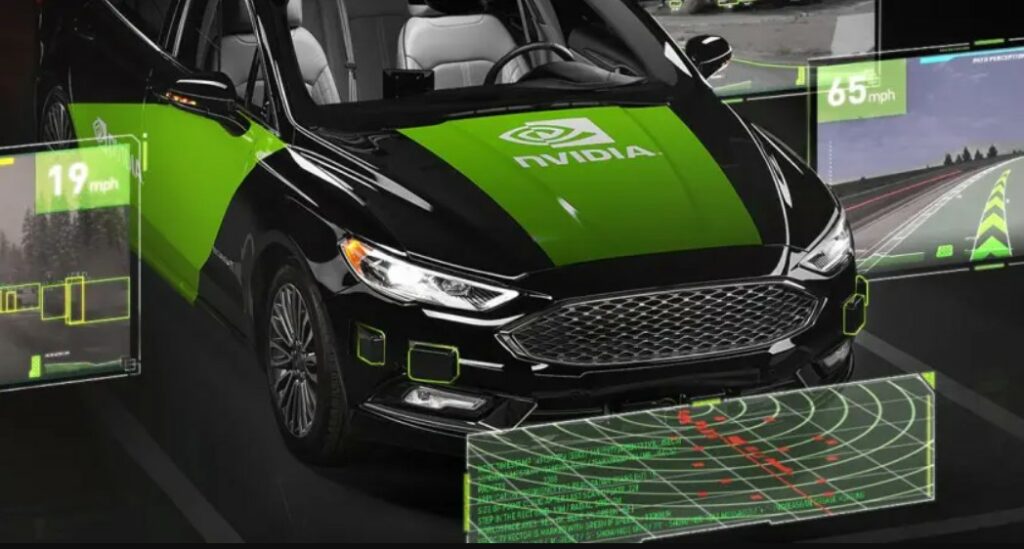
Nvidia has unveiled the GeForce RTX 4070 Ti graphics card using its latest graphics processing unit (GPU) chip. It also showed off laptops with a whole family of 40 Series GPUs. The card previously known as the RTX 4080 12GB. The price has been dropped from USD899 to USD799. Nvidia claims the 4070 Ti is faster than the RTX 3090 Ti but only provides comparisons with DLSS3 enabled, a feature the 3090 Ti does not support. The RTX 4070 Ti will be available from ASUS, Colorful, Gainward, GALAX, GIGABYTE, INNO3D, KFA2, MSI, Palit, PNY and ZOTAC. (VentureBeat, Engadget, GSM Arena, Nvidia, Ars Technica)
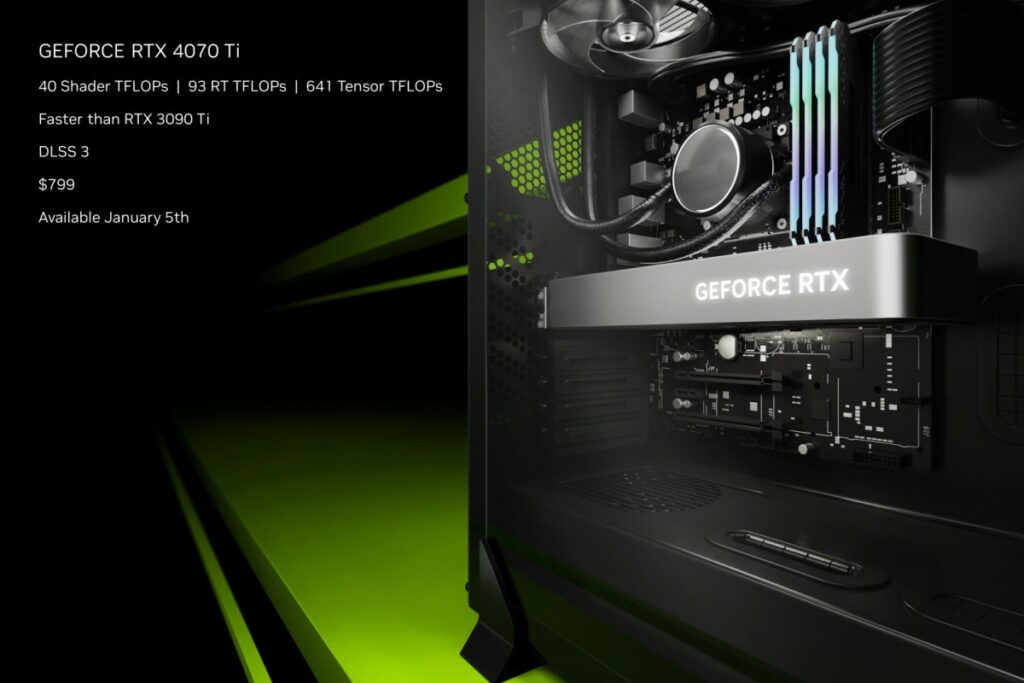
Nvidia announces the availability of the 2022.2 release of NVIDIA Isaac Sim. As a robotics simulation and synthetic data generation (SDG) tool, this Nvidia Omniverse application accelerates the development, testing, training, and deployment of intelligent robots. Nvidia’s robotics simulation toolkit can simulate human behavior in industrial environments like warehouses and manufacturing facilities. The goal is to help collaborative robots (cobots) or autonomous mobile robots (AMRs) understand and identify common behaviors and potential obstacles in the real world.(CN Beta, TechCrunch, ZDNet, Nvidia)
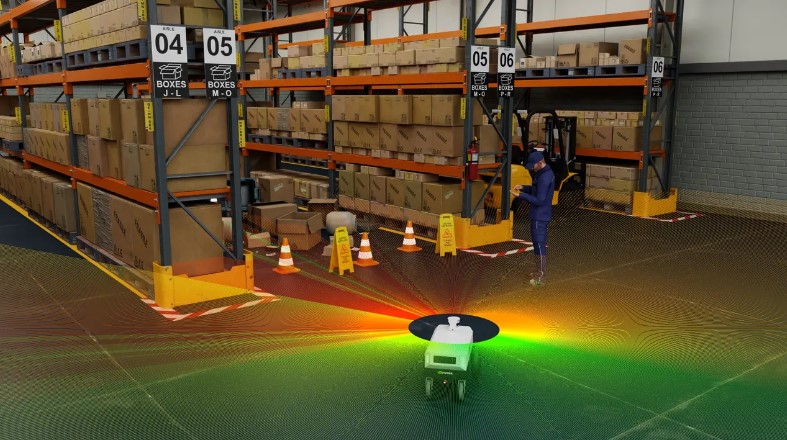
Nvidia has announced that the NVIDIA GeForce NOW cloud gaming service will be coming to cars, with no special equipment needed. Hyundai Motor, BYD and Swedish-Chinese premium EV maker Polestar — already members of the Nvidia DRIVE ecosystem — are the first automakers working with Nvidia to deliver GeForce NOW in their vehicles. Thanks to the agreement, upcoming models will have access to Nvidia’s GeForce NOW cloud gaming service that enables people to play more than 1,000 titles.The service will enable owners to play high quality games on their infotainment system when the vehicle is parked. (TechCrunch, Nvidia, The Verge, Carscoops, Electrek)
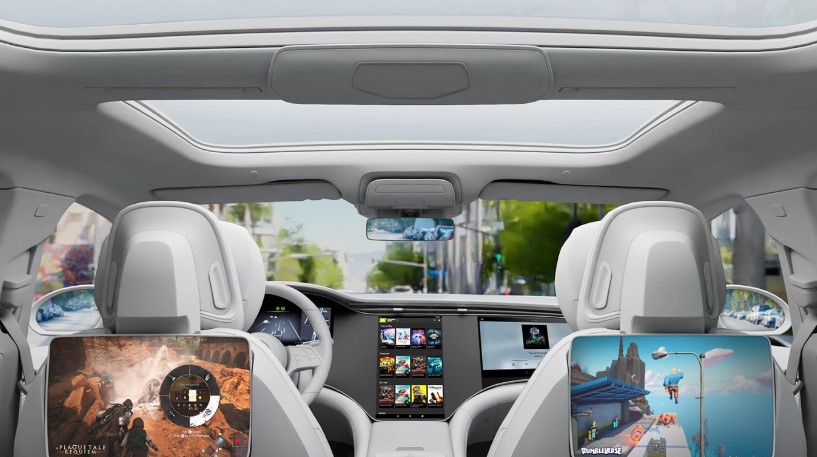
In early Sept 2022, Intel announced its new app “Unison”, based on technology from its purchase of Israeli startup Screenovate. Now, the software has been officially launched, the Windows version can be downloaded in the Microsoft Store, and the Android and iOS versions can be downloaded in Google Play and App Store. Functionally, Intel Unison can realize fast file transfer between PC and mobile phone; allow users to send and receive text messages on PC; access the complete contact list on PC, and directly answer or make calls; notifications can also be synchronized to PC . According to the plan, Intel will launch the Unison function on some 12th-generation Core EVO products of Lenovo, HP, and Acer by the end of 2023, and cover 13th-generation Core mobile processor notebooks and more EVO devices in 2024. (Liliputing, Intel, My Drivers, Windows Central)
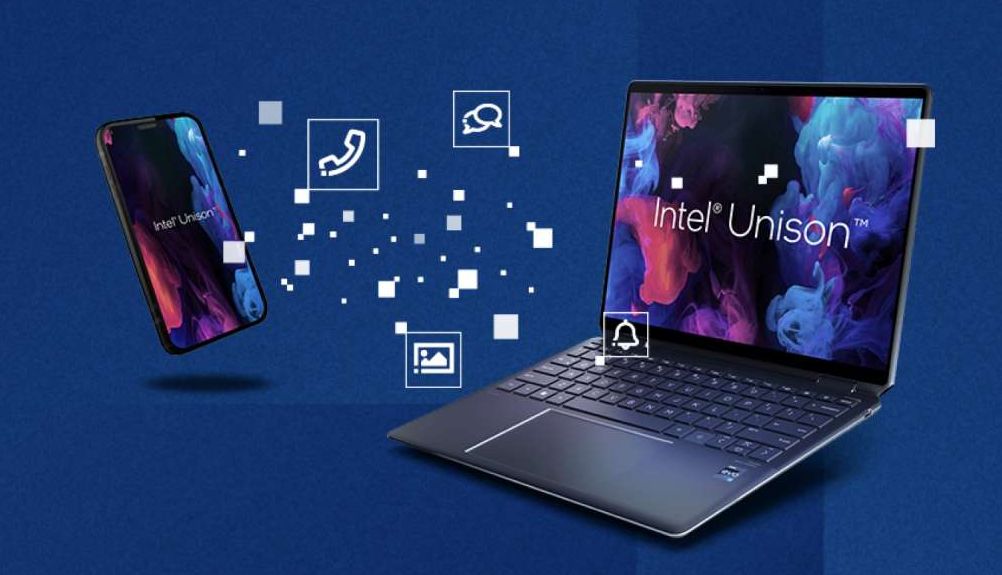
Intel has unveiled a new 13th generation of its Intel Core processor, an all-new 24-core processor, the i9, and — addressing the fact that there is over-penetration of computers among business and developed world users — a new N-series specifically for what it describes as “entry-level” education and mainstream laptops, desktops and edge-native applications. Intel has also announced a wide range of H, P, and U series processors to address the 45W, 28W, and 15W segments, respectively. These lower-end 13th-Gen processors carry all the architectural hallmarks of their Alder Lake predecessors, meaning these appear to be a refresh generation of processors but have higher peak frequencies to provide more performance in gaming and productivity applications. Intel has also introduced its new low-end N-series of processors, branded as “Intel Processor”. (TechCrunch, The Verge, Tom’s Hardware)
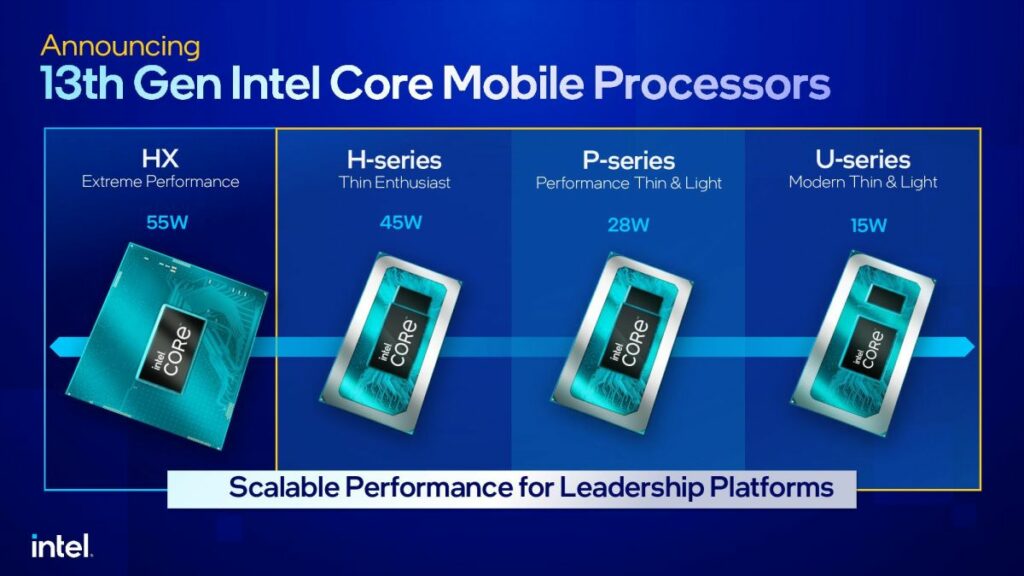
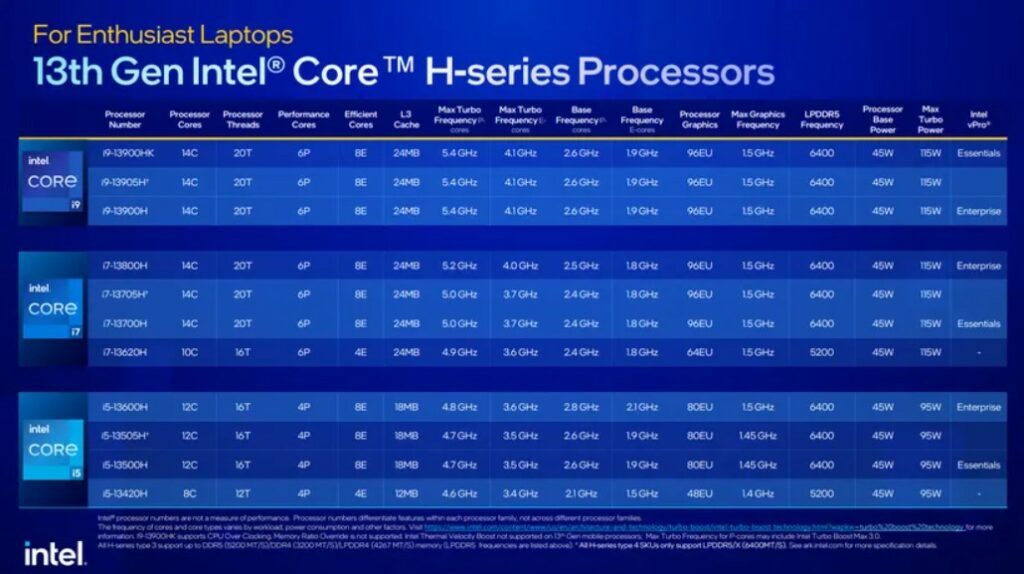
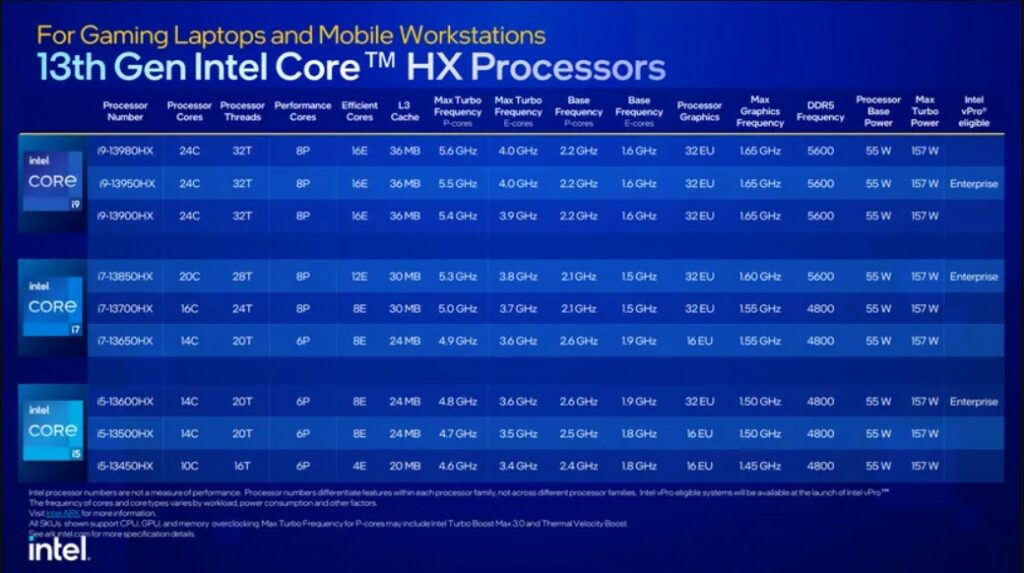
Arm has more than doubled revenue at its automotive business since 2020 as the company seeks new avenues for growth ahead of a hotly anticipated public listing in 2022. Dennis Laudick, vice-president of automotive go-to-market at Arm, has said the pace of the segment’s growth — to power everything from electrification to advanced driver assistance systems (ADAS) and in-vehicle “infotainment” — had been faster than its other divisions such as smartphones and data centres. That is because modern cars require a greater amount of chips, which are also more expensive than ever before. It is one of the few parts of the chip sector that is expected to suffer from severe shortages throughout this year because of strong demand. Arm’s total revenues grew 35% in 2022 to GBP2.7B. The company does not disclose specific figures, but said revenue from its automotive business increased fivefold over the past 4 years. (CN Beta, Financial Times, article, UK Daily News)
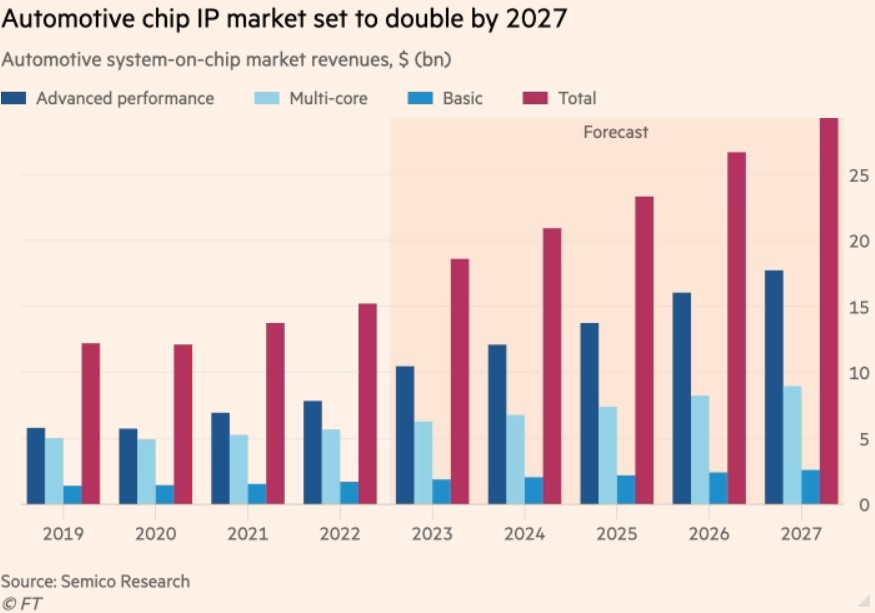
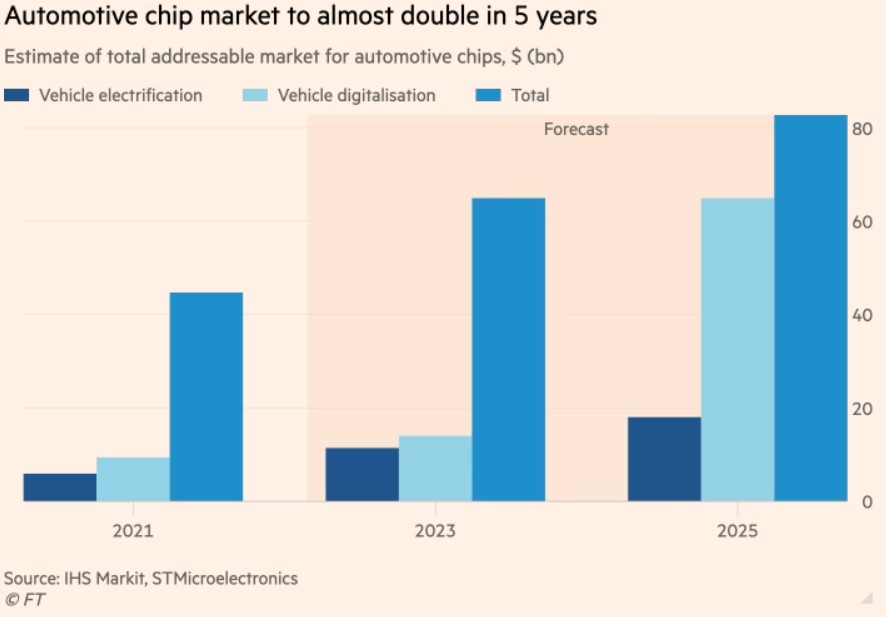

LG Display (LGD) showcases 2 new foldaoble OLED displays – a 17” foldable display that can be used as a laptop, tablet, or monitor and an 8” foldable with support for 360° of folding. The 17” Foldable OLED optimizes a laptop’s utilization in various environments since it can fold and unfold in half to transform into a tablet or portable monitor. The 8” 360° Foldable OLED is a revolutionary technology that successfully enables a device to fold both ways to bring greater utilization, as users can now choose different form factors according to their task. Its module structure guarantees durability even when folded more than 200,000 times, while its special folding mechanism minimizes wrinkles along the folding areas. (Phone Arena, PR Newswire, Liliputing, LG Display)
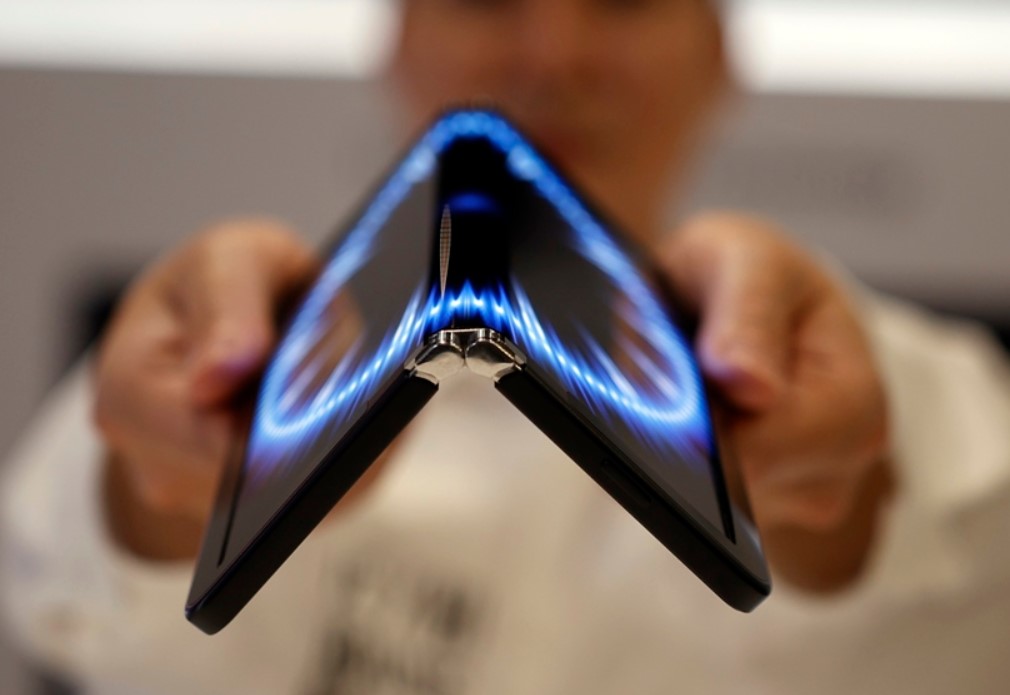
BOE has officially announced the release of the industry first LTPS P0.9 glass-based MLED display product, and took the lead in mass production, for the high-end MLED display product technology breakthrough and industrialization process added a strong ink. BOE LTPS P0.9 glass-based MLED display adopts a new process route of LTPS combined with thick Cu, and takes advantage of the high charge mobility of LTPS to improve the luminous efficiency and brightness uniformity of display devices. At the same time, the product also uses LTPS pixel driver to replace the original small IC pixel driver, which minimizes the pixel size to the greatest extent and effectively saves the physical space of a single pixel. (Laoyaoba, ZOL, OfWeek, LED Display)
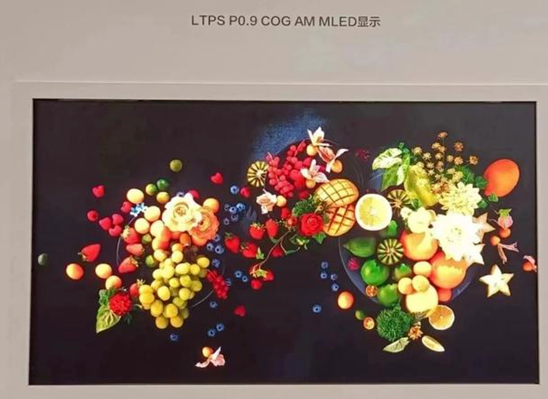
According to TF Securities analyst Ming-chi Kuo, BOE has beaten Samsung Display and secured most of Apple’s 2H23 new iPhone 15 and 15 Plus display orders. If development and production proceed smoothly over the next few months, BOE will become the largest display supplier for the iPhone 15 and 15 Plus, with a market share of around 70% (compared to Samsung’s 30%). BOE is expected to start mass shipments of LTPO displays for high-end iPhones in 2024, with Samsung Display and LG Display also being suppliers. If BOE can obtain orders for 20–30% of the 2H24 high-end iPhone LTPO displays and maintain a market share of around 70% for 2H24 low-end iPhone displays, then BOE will likely become the largest supplier of displays for the new iPhone in 2H24. BOE’s key growth drivers for profits from new applications over the next 2–3 years include medium to large OLED displays for Apple, medium to large mini-LED displays for Apple, and more affordable foldable displays for Android phones. (MacRumors, CN Beta, Medium, Twitter)
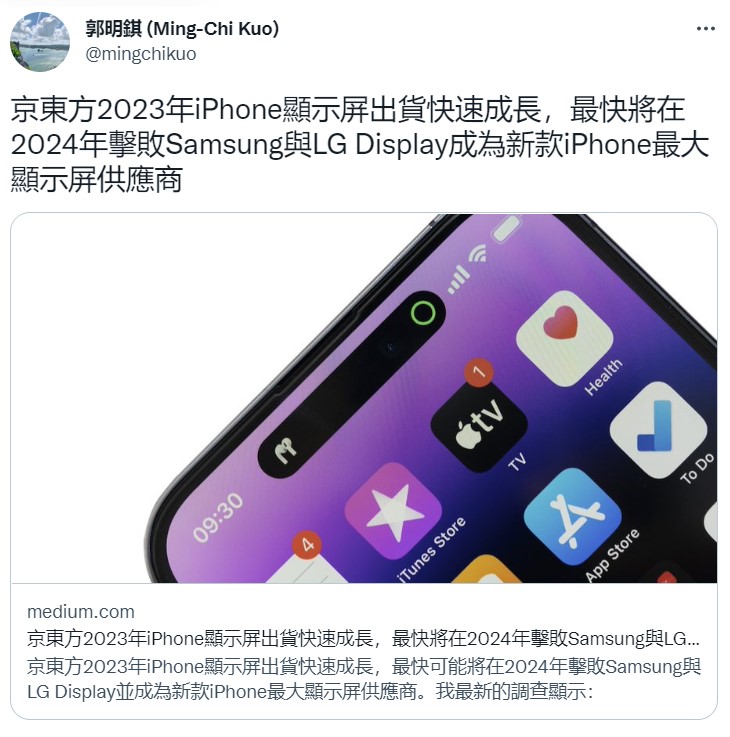

The Wireless Power Consortium (WPC) will introduce a new wireless charging standard to unify the industry under one global standard and provide enhanced convenience and efficiency for mobile devices and wearables. Next-generation Qi charging technology will incorporate Apple’s MagSafe magnetic charging functionality. Qi2 is a new unified wireless charging standard that is built on MagSafe charging technology supplied by Apple. Qi2 incorporates a Magnetic Power Profile, which means that devices that adopt Qi2 in the future will use the same MagSafe magnetic technology that is available in MagSafe devices created for the iPhone 12 and later.(MacRumors, Business Wire)
